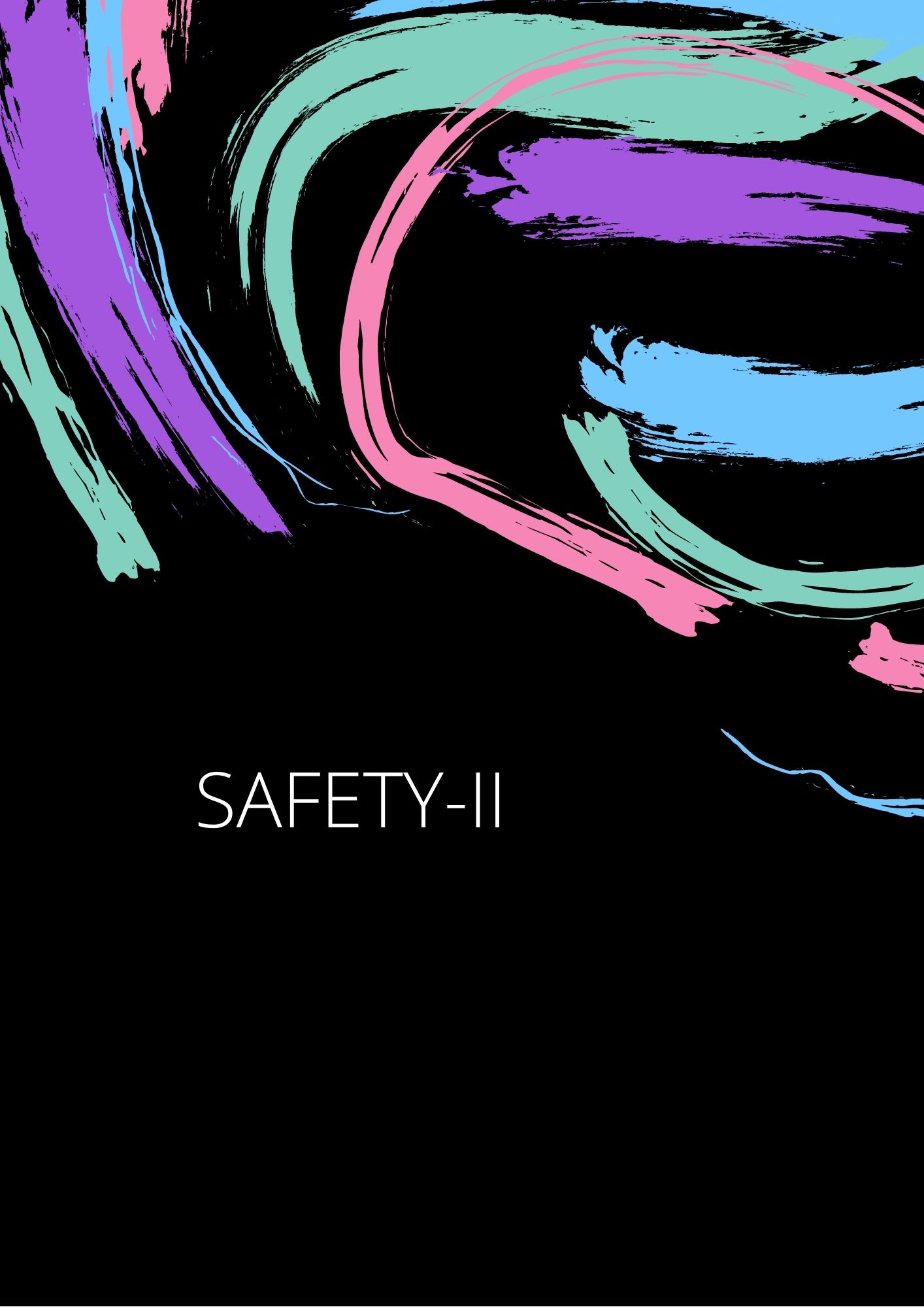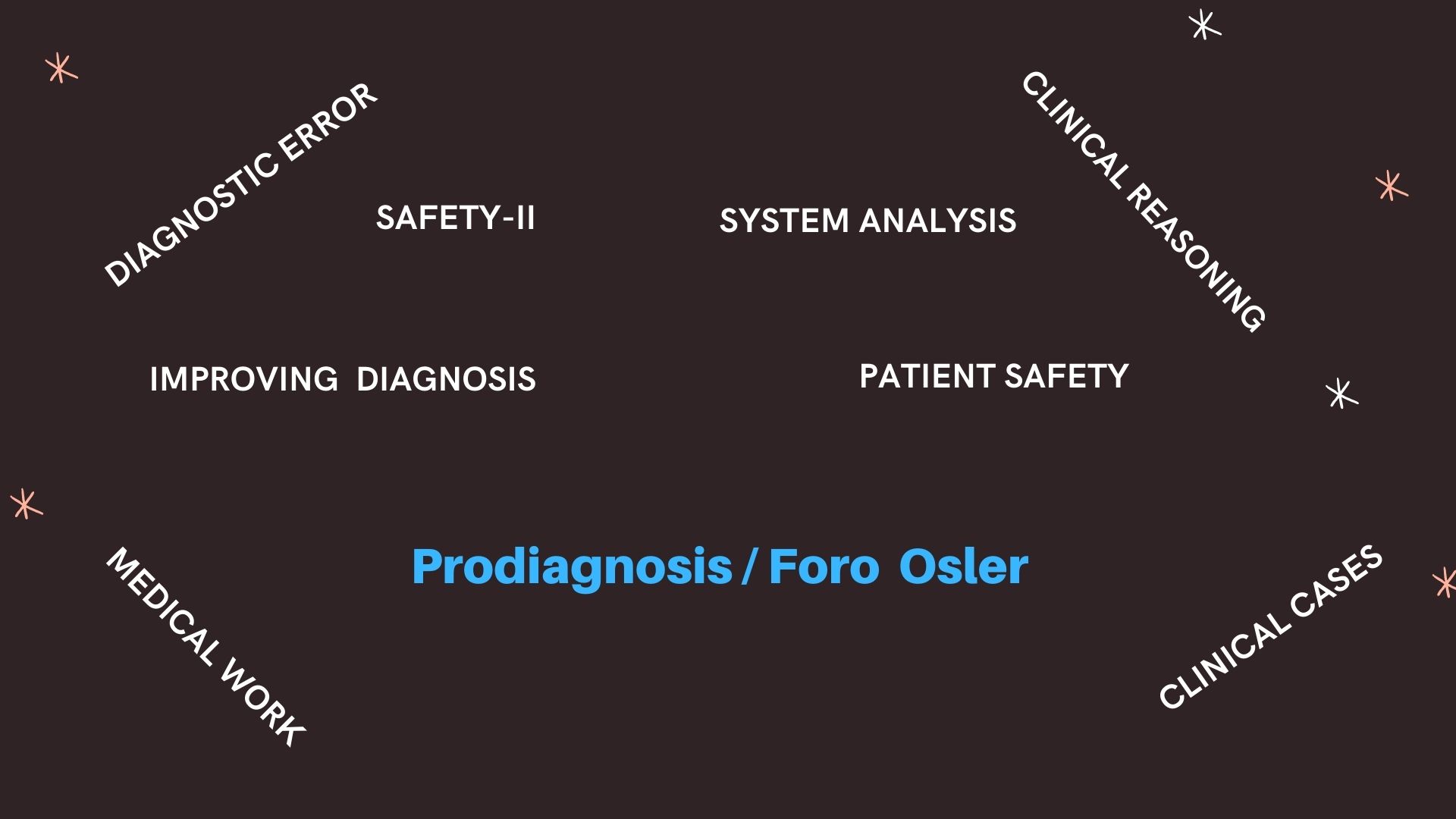Safety-II: learning and improving how common situations goes well. The example of the treatment with High-dose of Methotrexate

Safety-II: learning and improving how common situations goes well. The example of the treatment with High-dose of Methotrexate
Author: Lorenzo Alonso
FORO OSLER
To Err is Human and Beyond
Medical practice has never been a “zero risk” activity since the old historic times, when emperors and kings ordered mutilation or even a death sentence when something went wrong.Safety in Medicine has been improving in the last 25 year, learning from models implemented in the industry, mainly the aerospace world. The cornerstone of the strategy is the analysis of the “accident” and the “incidents” , assimilable in clinical practice to “error” or “harm” , usually uncommon situations in terms of frequency both in the aerospace and clinical environment. The two pillars of the analysis of these errors or accidents are the cognitive and the systemic components involved in the bad outcome.
The information captured after the analysis can be disseminated to a whole team and it is expected to have an effect over human behaviour and changes the organization. This is not an easy task because to maintain accountability in a complex world like the health care industry, with a lot of human involved and many delicate subjects is a real challenge.
Safety-II, a promising new path to improve
In the daily life of the medical and nursing practice nearly everything goes well, not in the sense of perfection, but in the sense that the outcome will be satisfactory for the professional, the organization and the patient, it could be a diagnosis or a radiologic test. Then, learning from the everyday practice will help to enhance the process and details involved in the good outcome, an attitude easier to handle in terms of human behaviour and professional dedication, changing, but not excluding, the focus “from trying to avoid something in trying to approach something” , in the words of Erik Hollnagel (1-2) .
The concept of Safety-II adapted to the medical world takes account not only the prevention of error, but the pursuing of keeping and teach how a process, a diagnosis, a diagnostic action, or a therapeutic intervention, achieve the result that the organization, the professional and the patient and family expected.

Safety-II, also in my opinion, open the field of clinical safety in a broader and prospective way of improvement in medical and nursing practice.
One of many clinical examples: Methotrexate high-dose
High-dose of methotrexate are given to patients with a diagnosis of Non-Hodgkin lymphoma or Osteosarcoma. Nephrotoxicity is the main problem, and can be permanent if the treatment protocol is not running properly. Several treatments of this type are implemented each day in the Oncology Department around the world with a high level of security, because the steps of the procedure has been clearly defined.
Under the terms of the Safety-II concepts we could make an effort to adapt the theory to the practice , learning from this process and describing the important steps to reduce the presence of an error. These important details can be summarized:
- Maintain a proper level of intravenous fluid, not less than 4.000 cc in 24 hours.
- Be sure that the pH urinary is over 7 before starting with the treatment. Intravenous Sodium Bicarbonate must be administered in a regular base, at least every 8 hours.
- Never stop the fluid administration after receiving the drug, even if there is an intercurrent emergency with the patient.
- Salicylates are absolutely contraindicated
Bibliography
- Hollnagel,E. (2018). Safety-II in Practice. Abingdon,UK: Routledge.
- Hollnagel,E. (2014). Safety-I and Safety-II: The past and future of safety management. Farnham,UK: Ashgate



